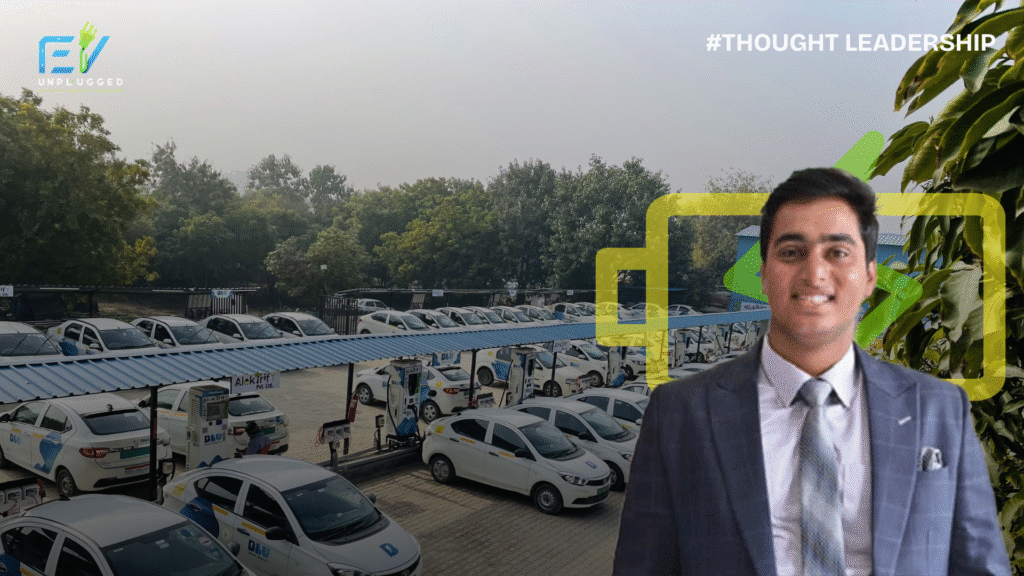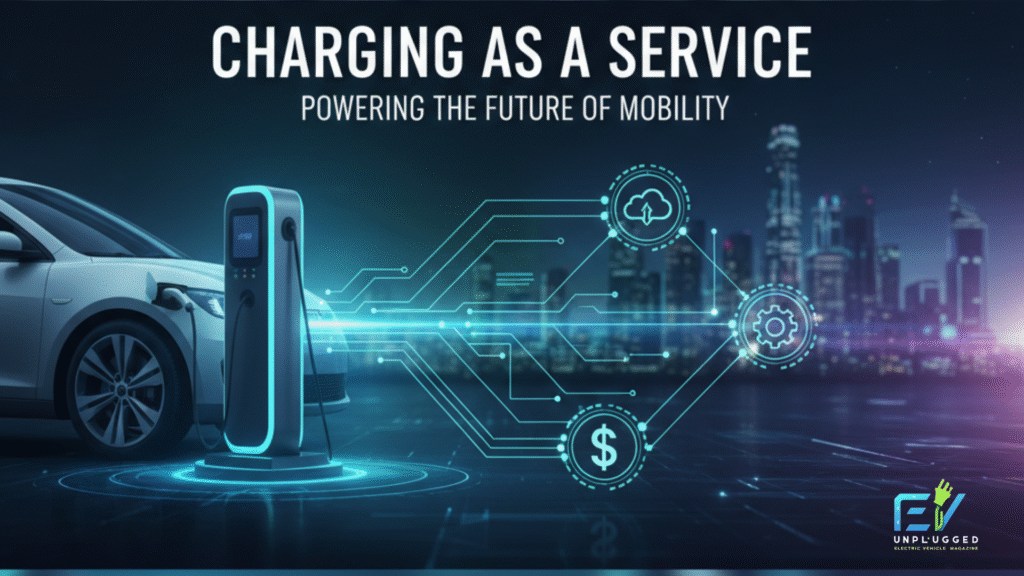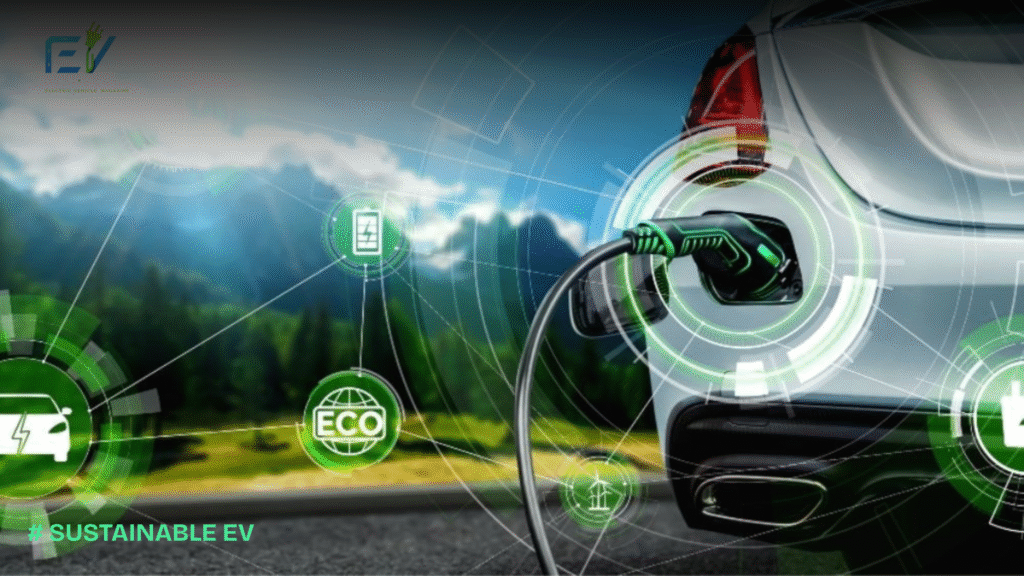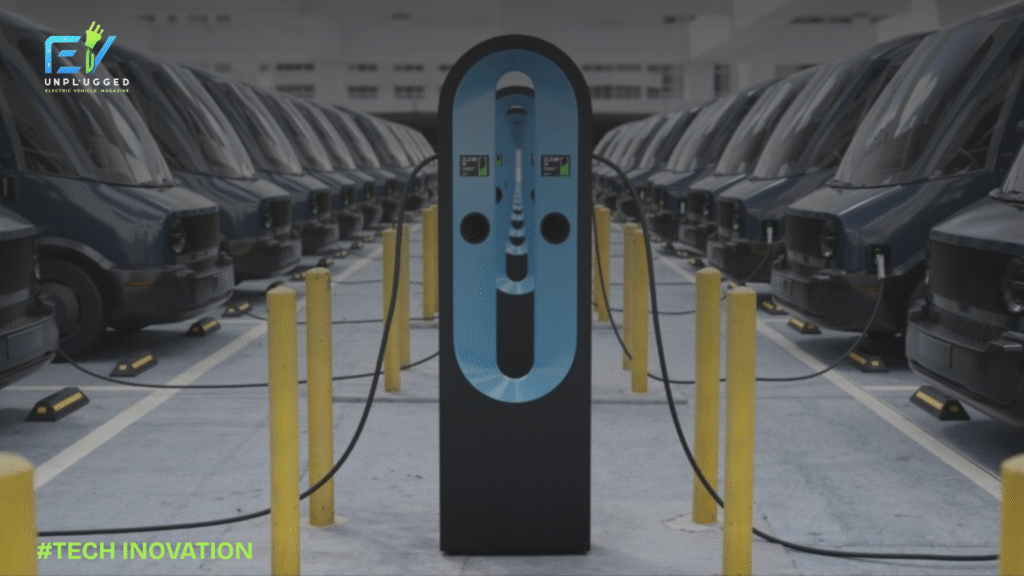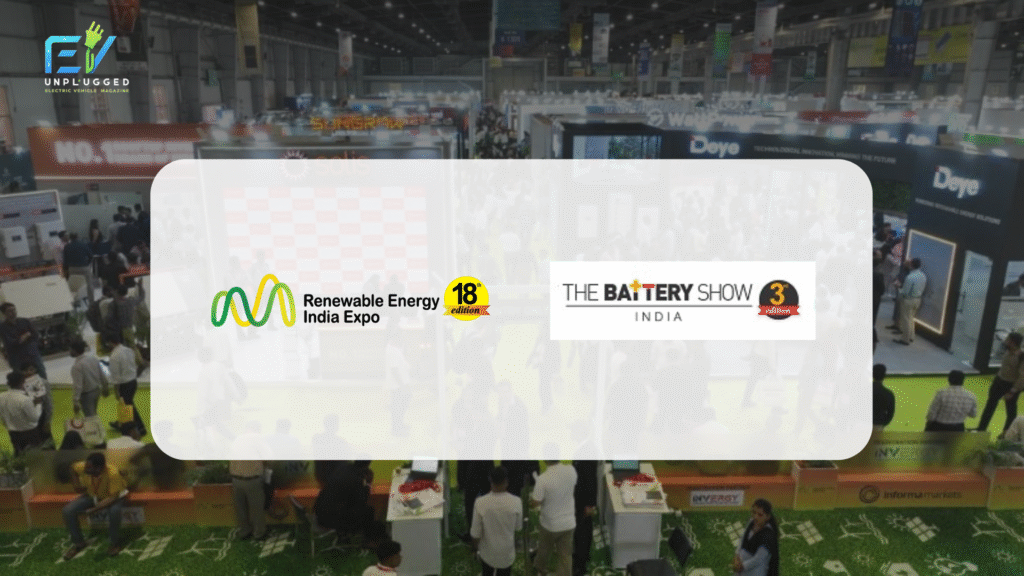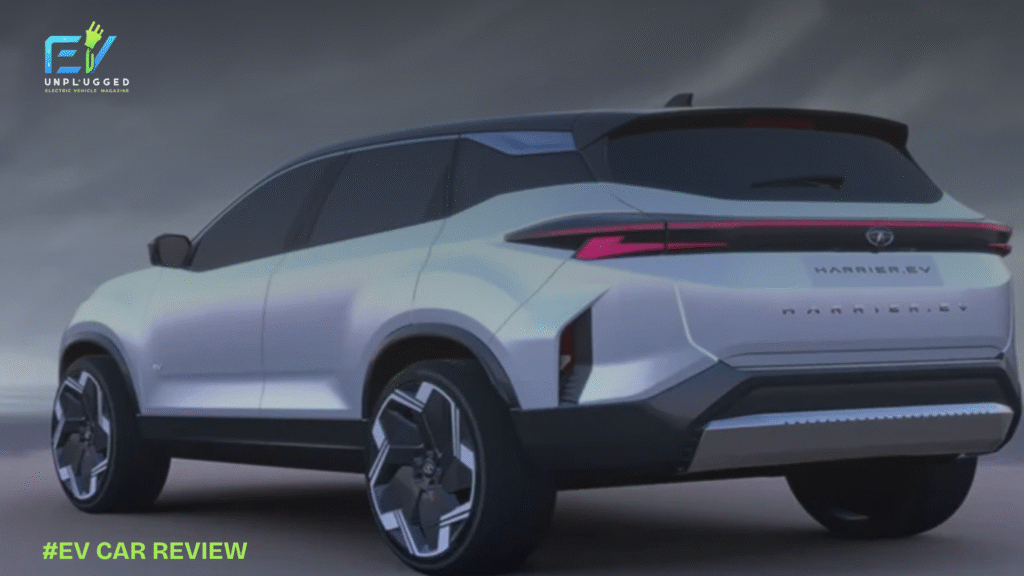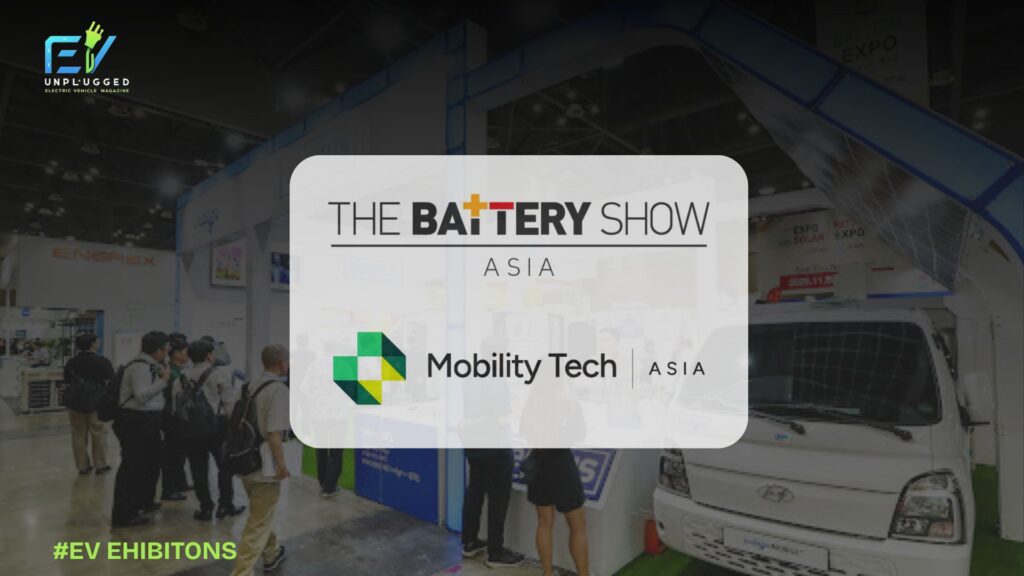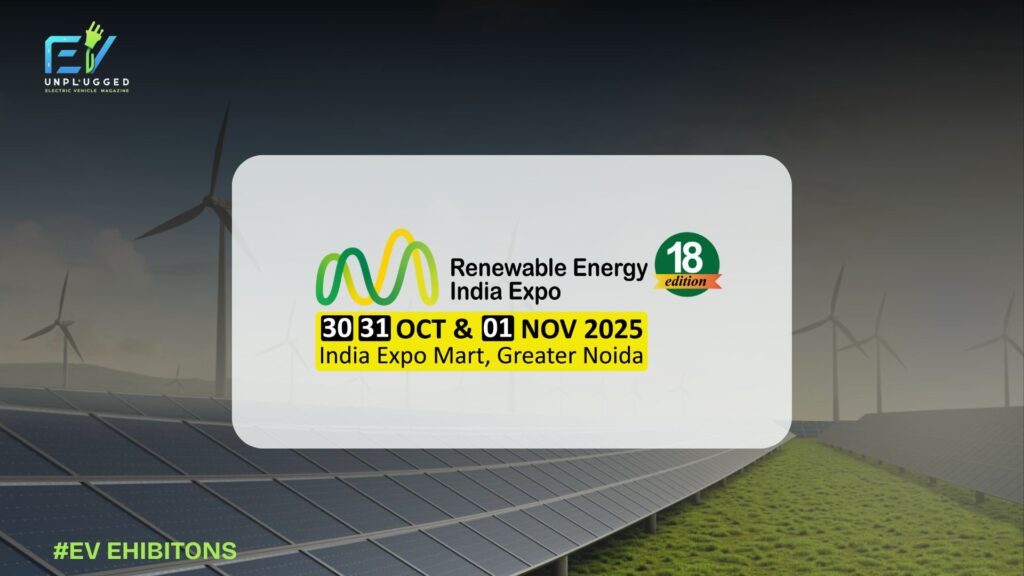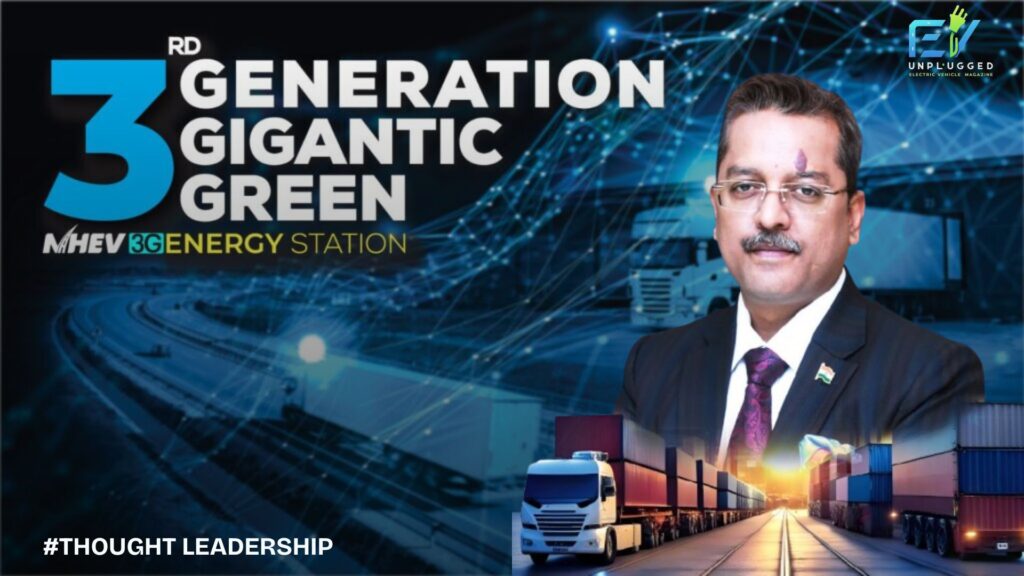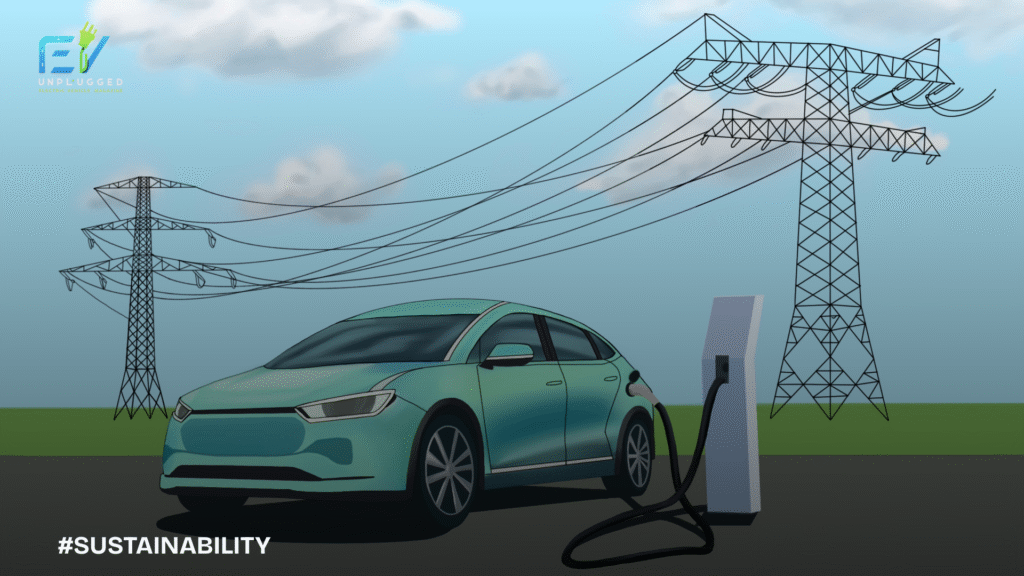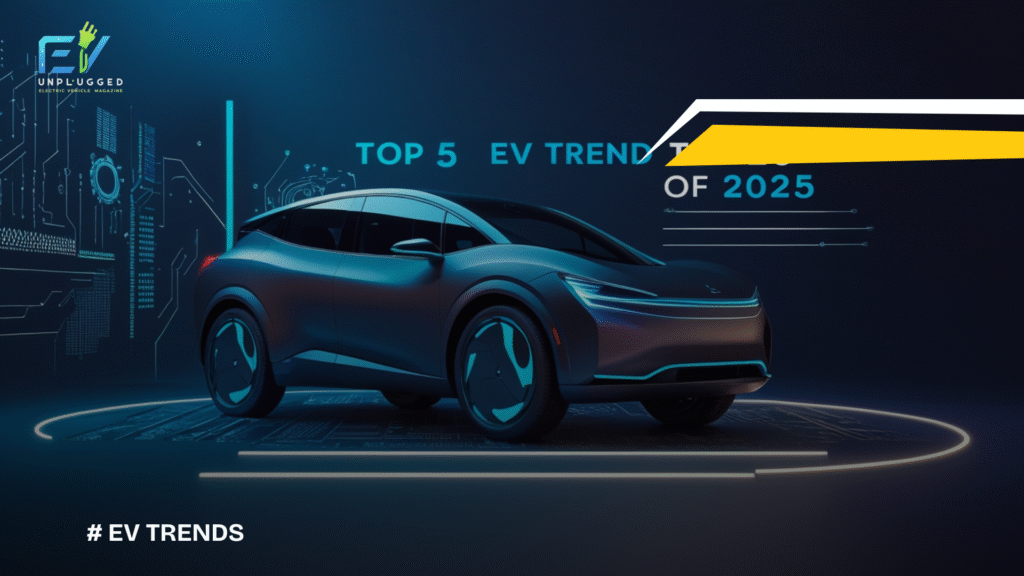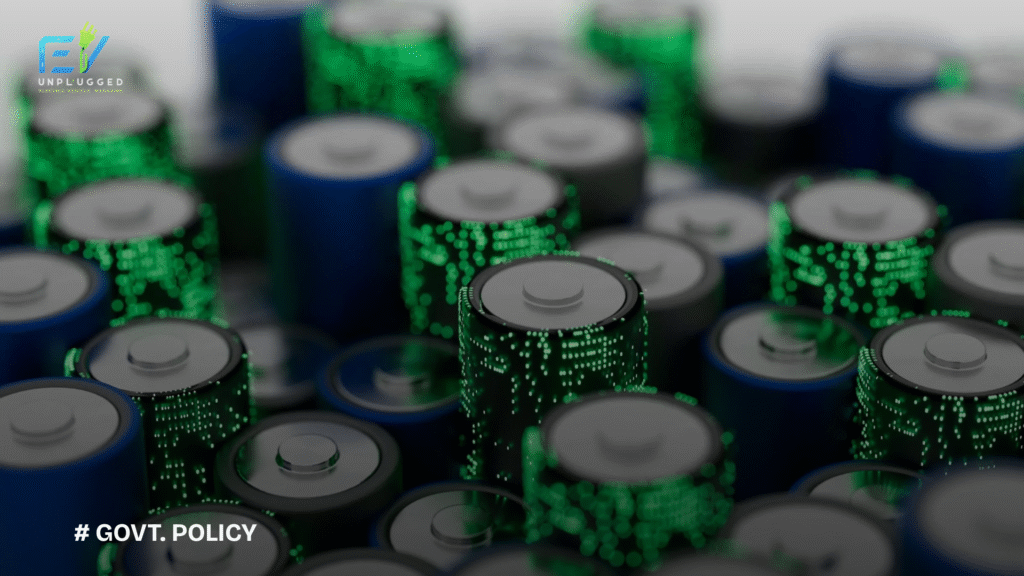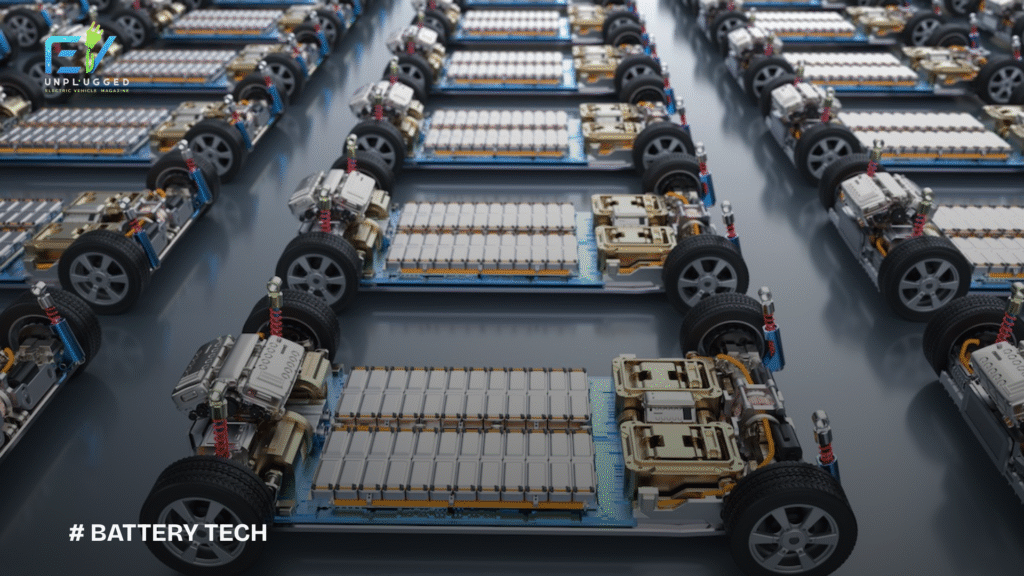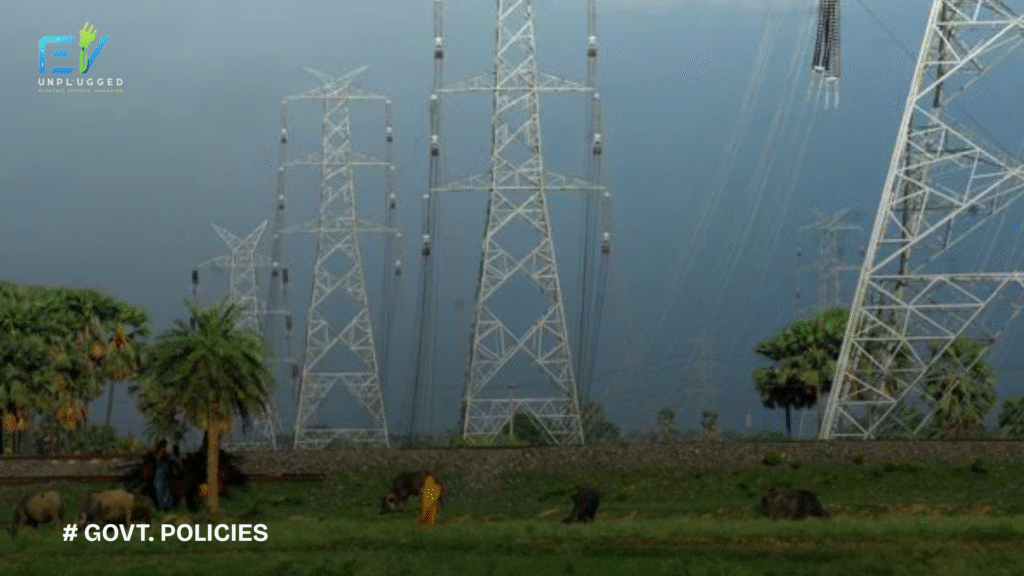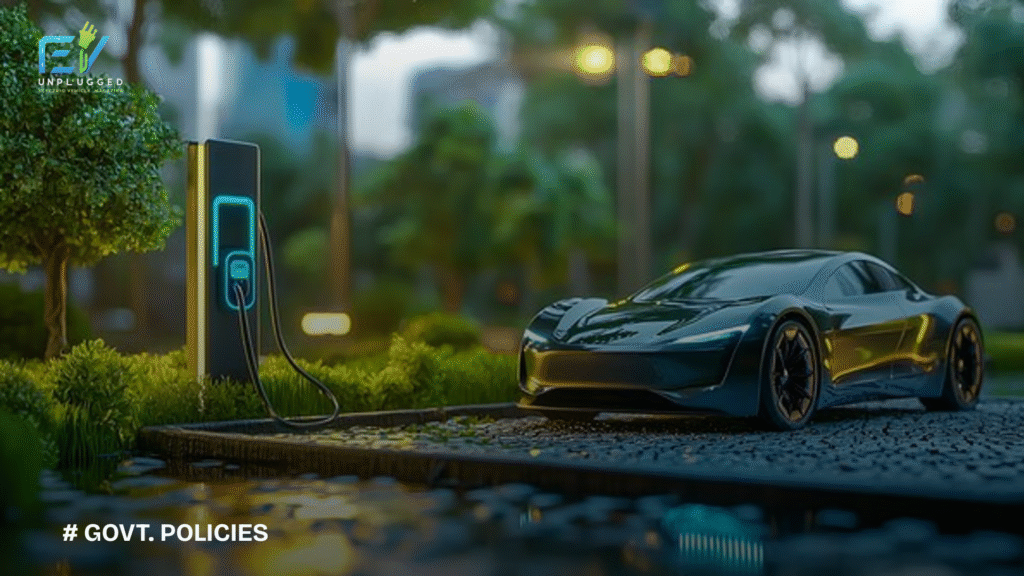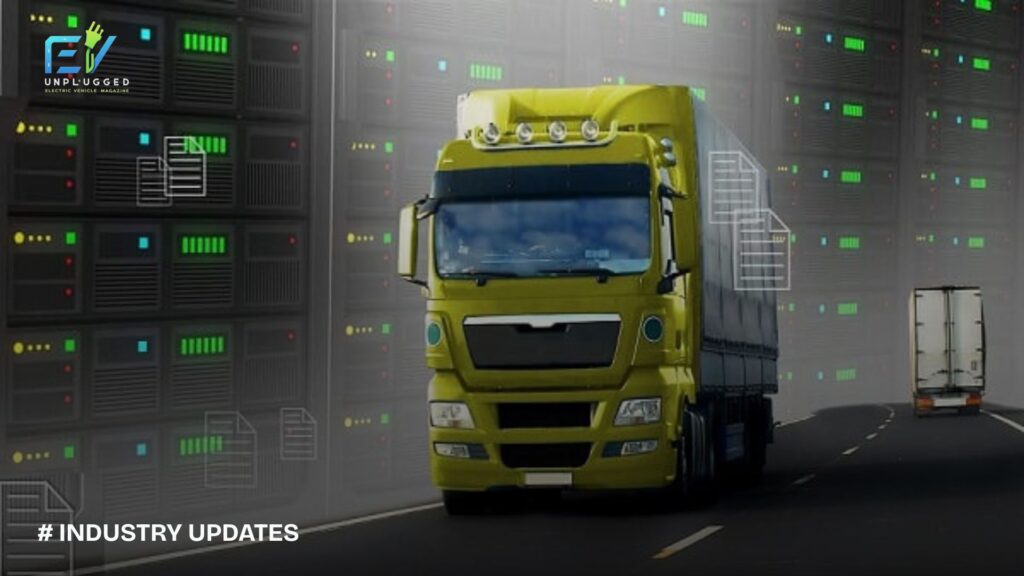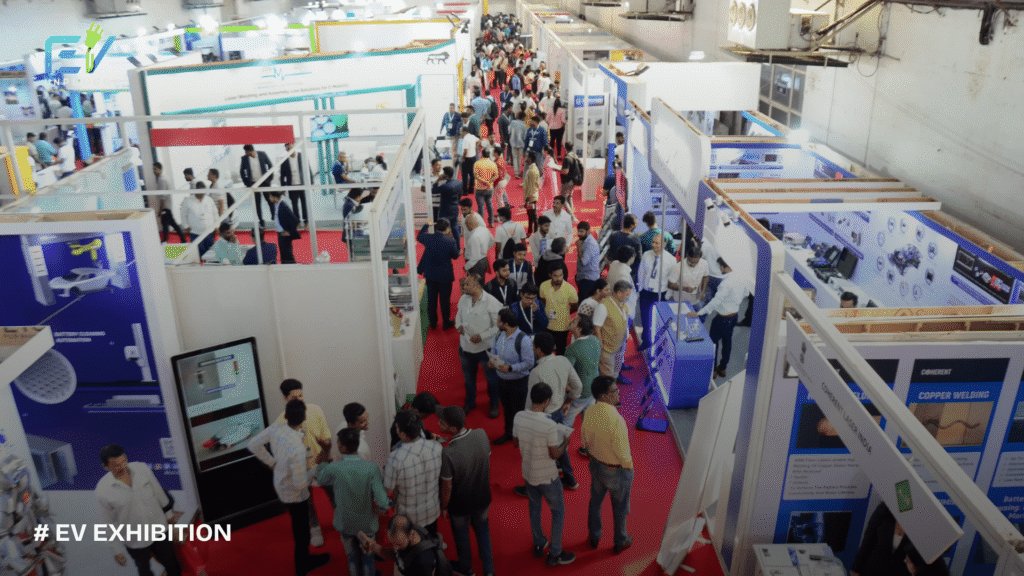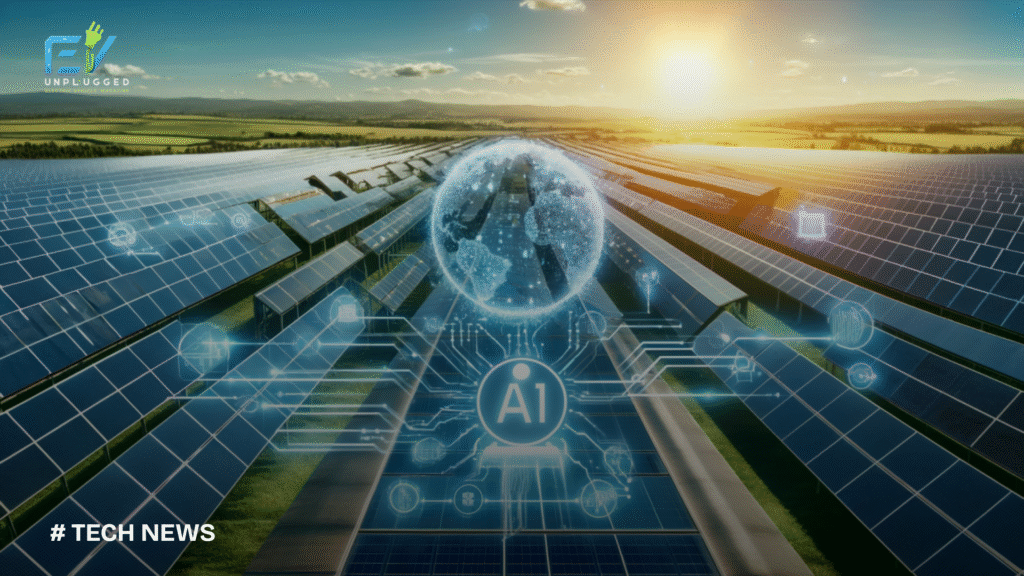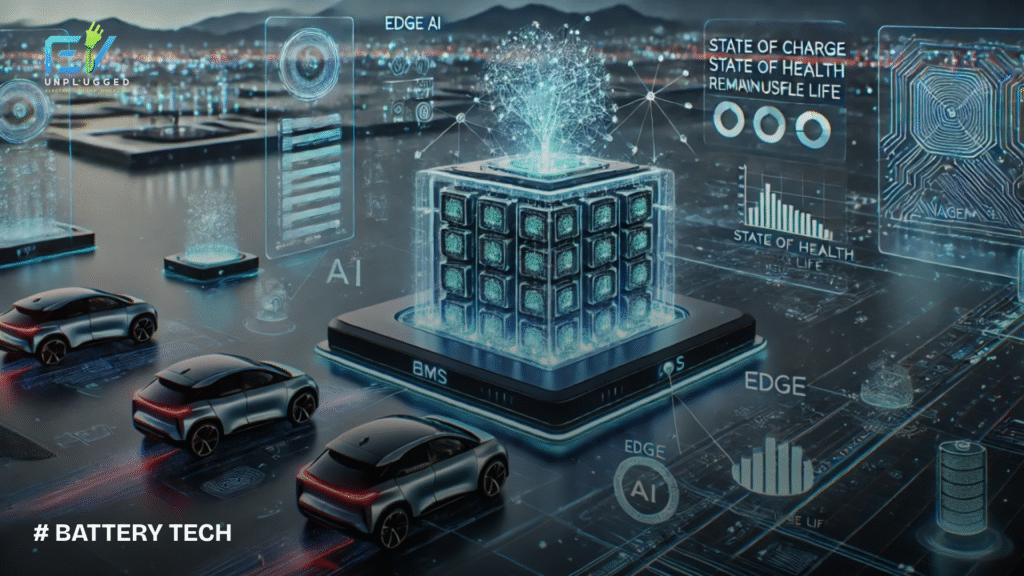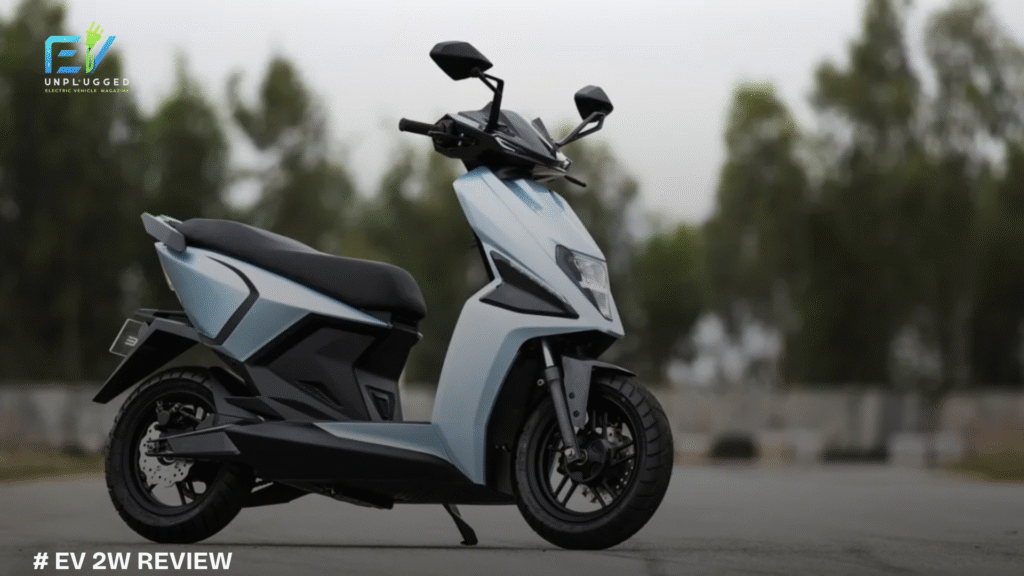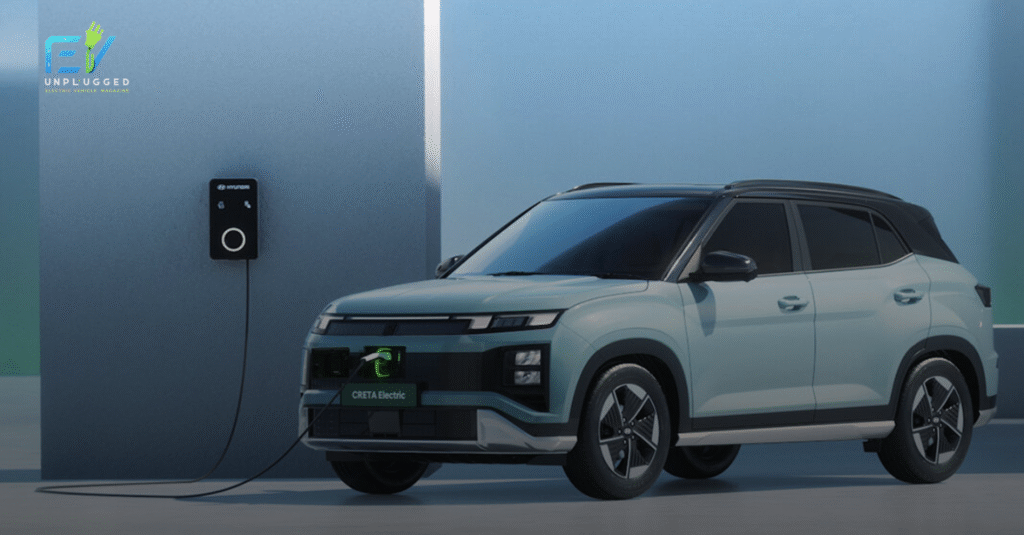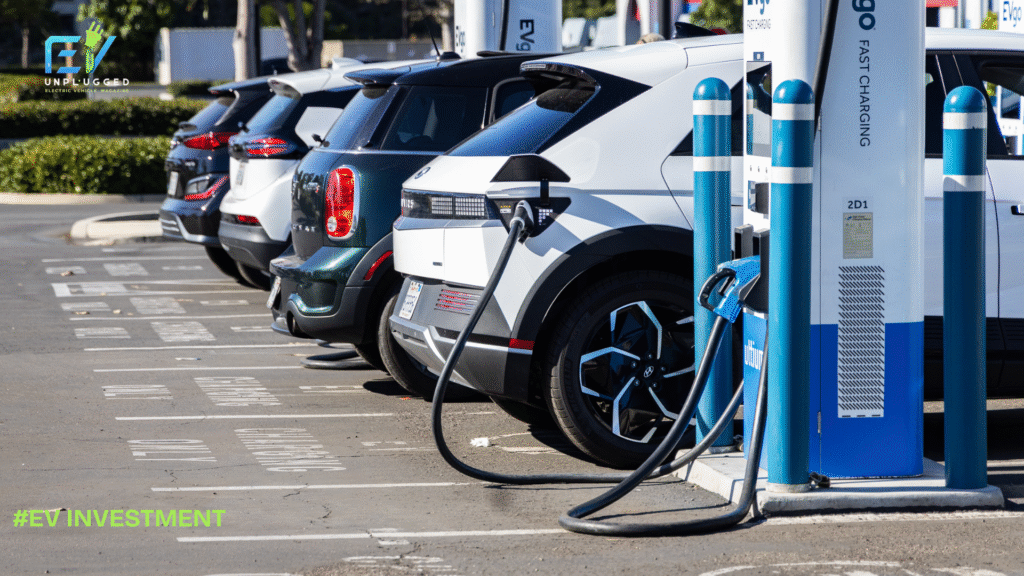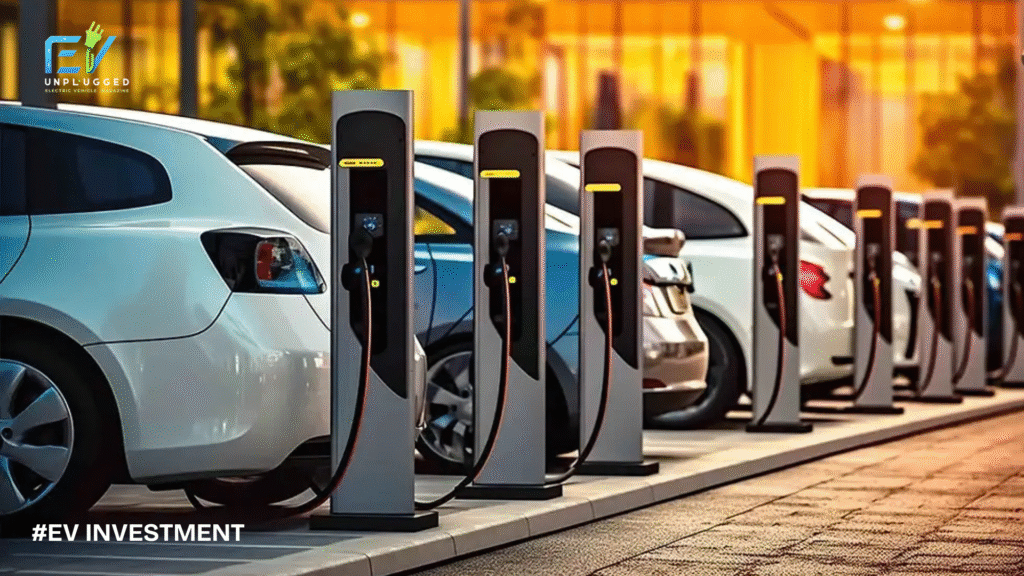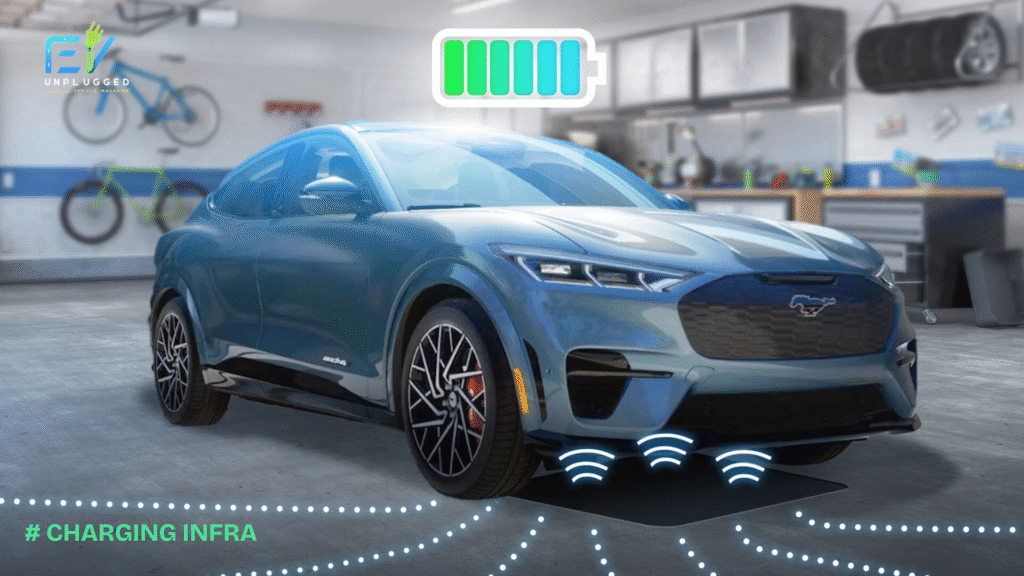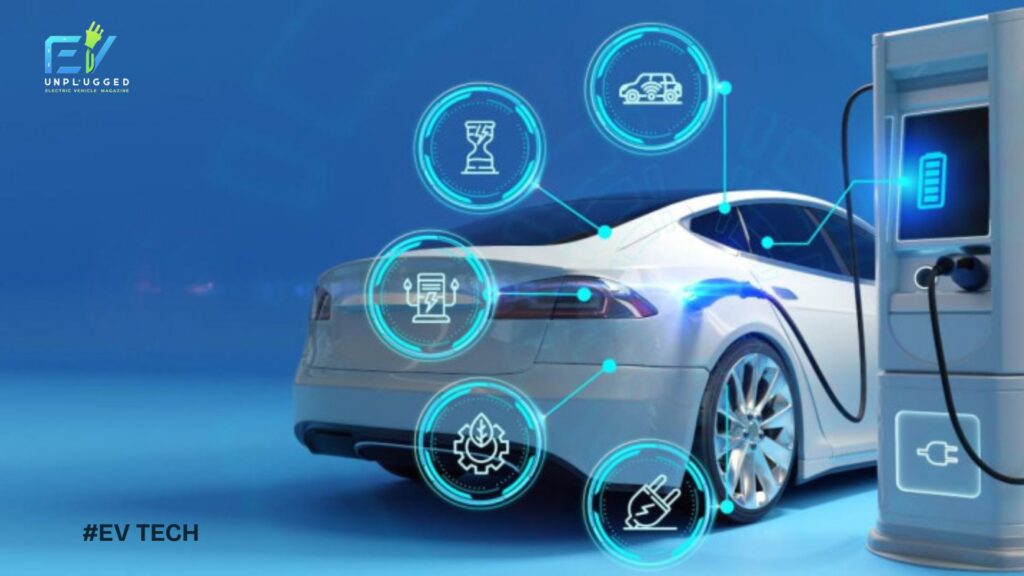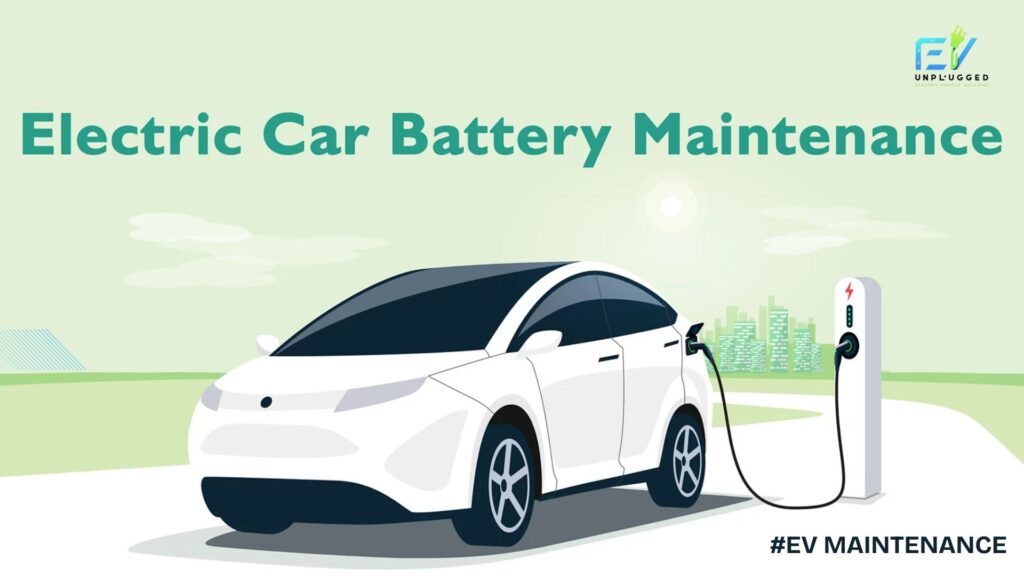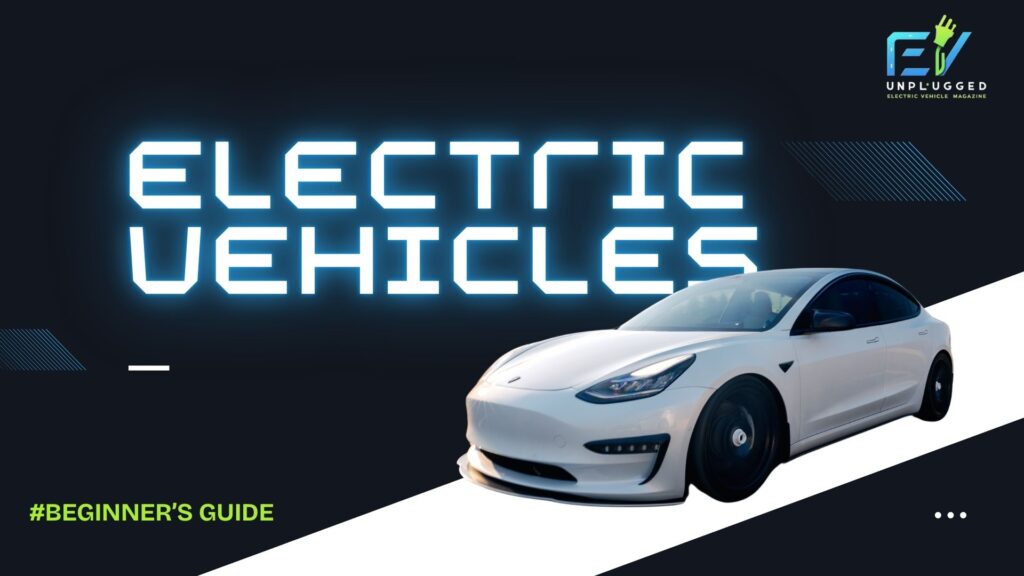AI’s Role in Energy Storage Solutions: Transforming the Future of Power Management (2025–2035)

Introduction
As the world transitions to renewable energy sources, the demand for efficient, scalable, and intelligent energy storage solutions is reaching unprecedented levels. Solar and wind energy, while environmentally friendly, are inherently intermittent. Managing their variable supply and aligning it with dynamic demand patterns is one of the most pressing challenges in energy infrastructure. Enter artificial intelligence (AI)—a transformative technology that is revolutionizing how we store, distribute, and manage energy. From predicting energy needs to optimizing battery usage and improving maintenance routines, AI is poised to redefine the future of power management between 2025 and 2035.
The Integration of AI in Energy Storage
Smart Energy Management
AI algorithms are increasingly being adopted to analyze energy consumption patterns and forecast future demand. By understanding these patterns, smart energy storage systems can optimize charging and discharging cycles. For instance, during periods of low demand and excess generation, AI ensures that energy is stored efficiently. When demand spikes, stored energy is discharged strategically to maintain grid stability. This dynamic energy balancing helps reduce waste, lower costs, and improve the efficiency of entire energy networks.
Real-Time Monitoring
AI in energy storage enables real-time monitoring of system performance. Sensors embedded in battery systems feed continuous data into machine learning models that detect anomalies, track performance metrics, and provide actionable insights. This enables quick responses to issues like overheating, capacity degradation, or operational failures, ensuring enhanced system reliability and longevity.
Case Studies
Companies like Tesla and Fluence are leading the way in integrating AI into their energy storage solutions. Tesla’s Autobidder platform uses AI to autonomously trade energy and manage battery storage, optimizing profitability and performance. Meanwhile, Fluence employs AI-powered analytics to manage large-scale grid storage systems, demonstrating significant improvements in efficiency and operational control.
Technological Advancements Driven by AI
Predictive Maintenance
AI-powered predictive analytics can forecast battery component failures before they occur. By analyzing historical data and real-time system inputs, AI models alert operators to potential issues, enabling preventive maintenance that reduces downtime and extends system lifespan. This is particularly valuable in grid-scale installations and critical infrastructure.
Optimization Algorithms
Machine learning algorithms are being used to improve the operational efficiency of energy storage systems. These algorithms can dynamically adjust operating parameters such as charge/discharge rates, cooling requirements, and energy flow based on real-time and forecasted data. This level of fine-tuned control leads to substantial cost savings and energy efficiency improvements.
Integration with Renewable Energy
One of the most impactful contributions of AI in energy storage lies in its ability to manage intermittent renewable sources. AI-driven models can predict solar or wind generation based on weather forecasts, historical generation data, and satellite imagery. This foresight allows for better coordination between energy production and storage, minimizing curtailment and maximizing renewable utilization.
Challenges and Considerations
Data Privacy and Security
With the increased reliance on real-time data comes a growing concern over data security and privacy. AI systems must adhere to stringent cybersecurity protocols to prevent data breaches, system manipulations, or malicious attacks that could disrupt energy supply chains.
Implementation Costs
While AI offers long-term savings and performance improvements, the upfront investment for integrating AI into energy storage systems can be high. Smaller companies and developing nations may face financial hurdles in adopting these technologies without public-private support or government subsidies.
Regulatory Hurdles
Governments around the world are still adapting their policies to account for AI-driven energy innovations. Regulatory uncertainty can slow down deployment, especially when standards for data usage, AI transparency, and safety are still evolving. Harmonized global standards are needed to ensure smoother integration.
Future Outlook (2025–2035)
Market Growth Projections
According to market analysts, the global market for AI-powered battery management systems is expected to grow at a CAGR of over 20% between 2025 and 2035. As grid modernization becomes a priority and renewable energy deployment expands, AI’s role in energy storage will only become more crucial.
Technological Innovations
Looking ahead, we can expect further synergy between AI and emerging battery technologies. AI will likely be embedded in next-generation batteries, such as solid-state and flow batteries, to enhance real-time performance tracking and autonomous system adaptation. Research is also underway to use AI in designing entirely new battery chemistries and manufacturing methods.
Global Impact
The global integration of AI in energy storage could lead to major environmental and social benefits. By improving storage efficiency, AI helps reduce greenhouse gas emissions and energy waste. In developing regions, AI-driven microgrids and localized storage solutions can improve energy access, boosting education, healthcare, and economic development.
Conclusion
Artificial intelligence is transforming energy storage solutions across the globe. From predictive maintenance and real-time monitoring to seamless integration with renewable energy, AI offers unparalleled advantages that enhance system efficiency and reliability. As the world grapples with climate change and energy equity, embracing AI in energy storage systems is not just beneficial—it is essential for building a smarter, cleaner, and more sustainable future.
For more insights, explore our related articles on Advancements in Solid-State Batteries

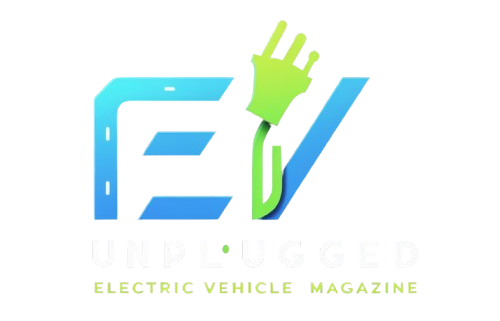
 English
English 